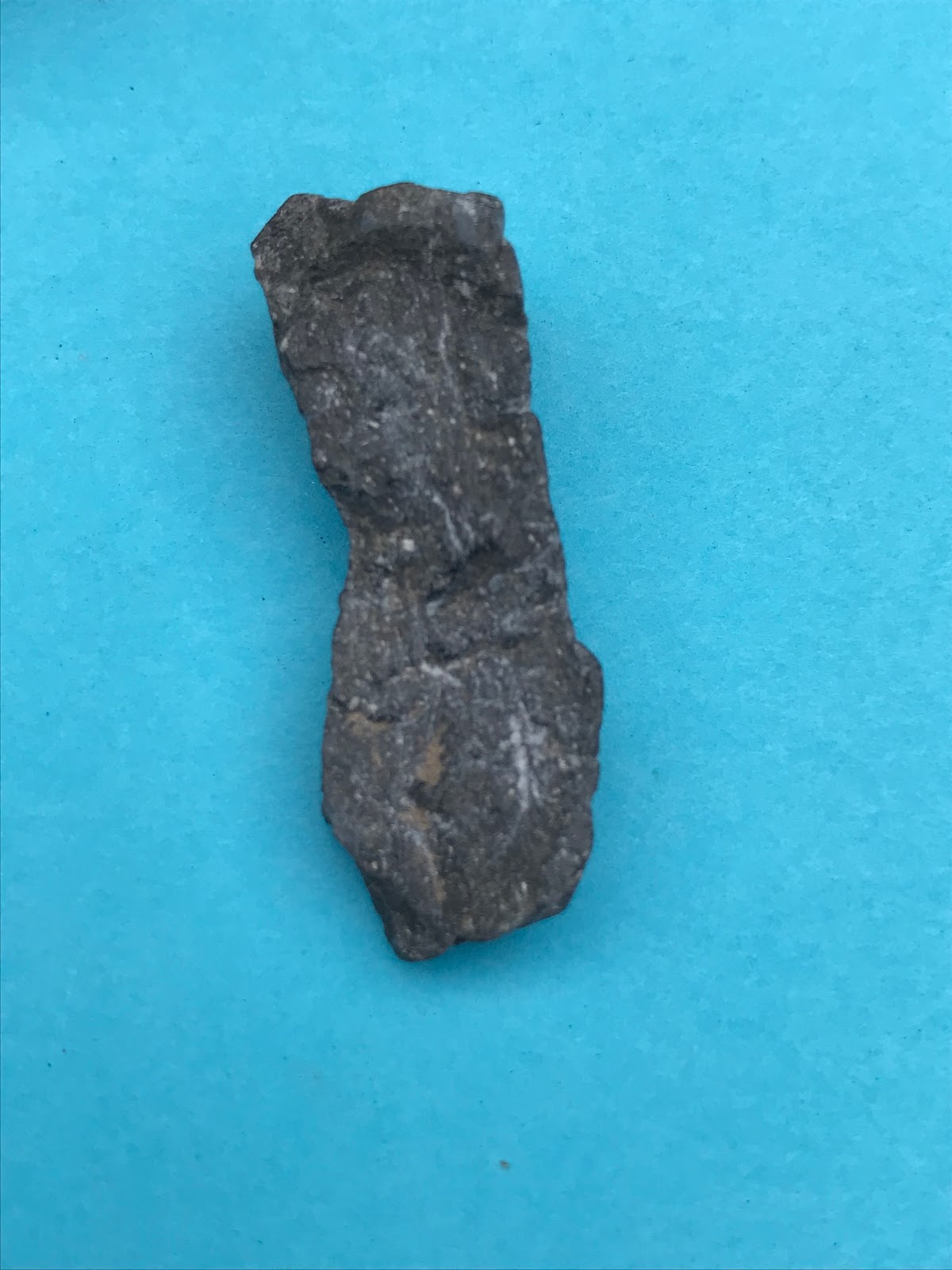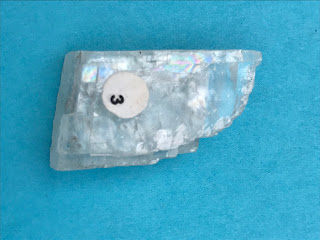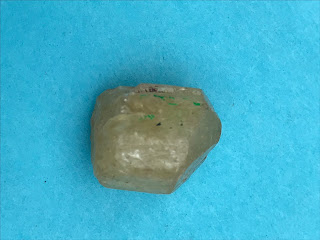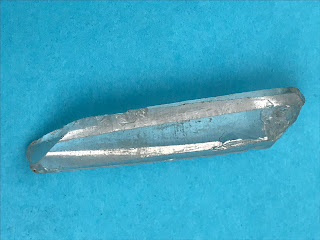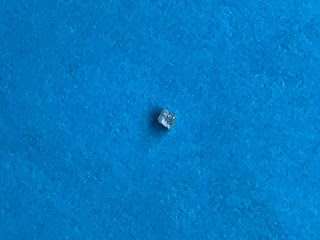This scale (from1 to 10) provides a qualitative indication of the scratch resistance of common minerals versus a “standard” of known minerals. Using this “scratch test,” one can quickly establish the hardness of an “unknown” mineral relative to a series of common minerals whose hardness is already known. For example, if some sample is scratched by fluorite but not by quartz, the hardness of the sample on the Mohs Scale would fall between 4 and 6.
The scale was created in 1822 by the German mineralogist Friedrich Mohs. According to Wikipedia, this scale has been used to even evaluate the hardness of smartphone screens. Most modern ones use “Gorilla Glass,” which scratches at level six.
The Mohs Scale is ordinal: corundum [includes sapphire and ruby] (9) is twice as hard as topaz (8), but diamond (10) is four times as hard as corundum.
Some useful comparisons:
Your fingernail scratches talc, gypsum, and graphite.
Quartz scratches glass.
Diamond scratches all other minerals.
Artificial compounds (simulants), like cubic zirconium has a hardness of 9, and moissanite (see one of my previous posts) has a hardness of 9.5 to near 10.
A streak plate (unglazed porcelain) has a hardness of approximately 7.0.
Scratch kits for determining Mohns Hardness are available for a modest sum (but diamond is not included!).
The following 10 minerals, given in an increasing order of hardness, are used commonly as “standards” in the Mohs Scale:
talc

